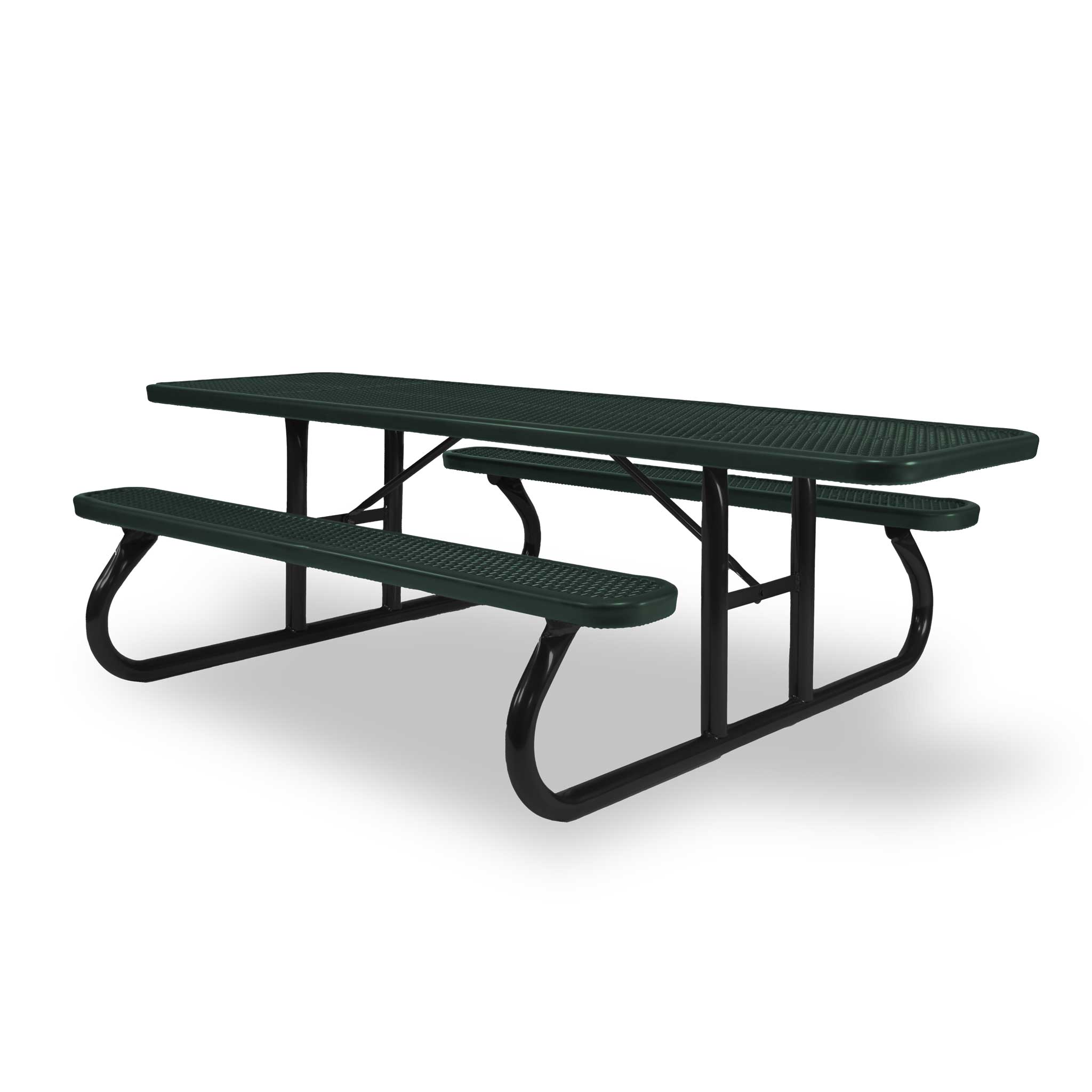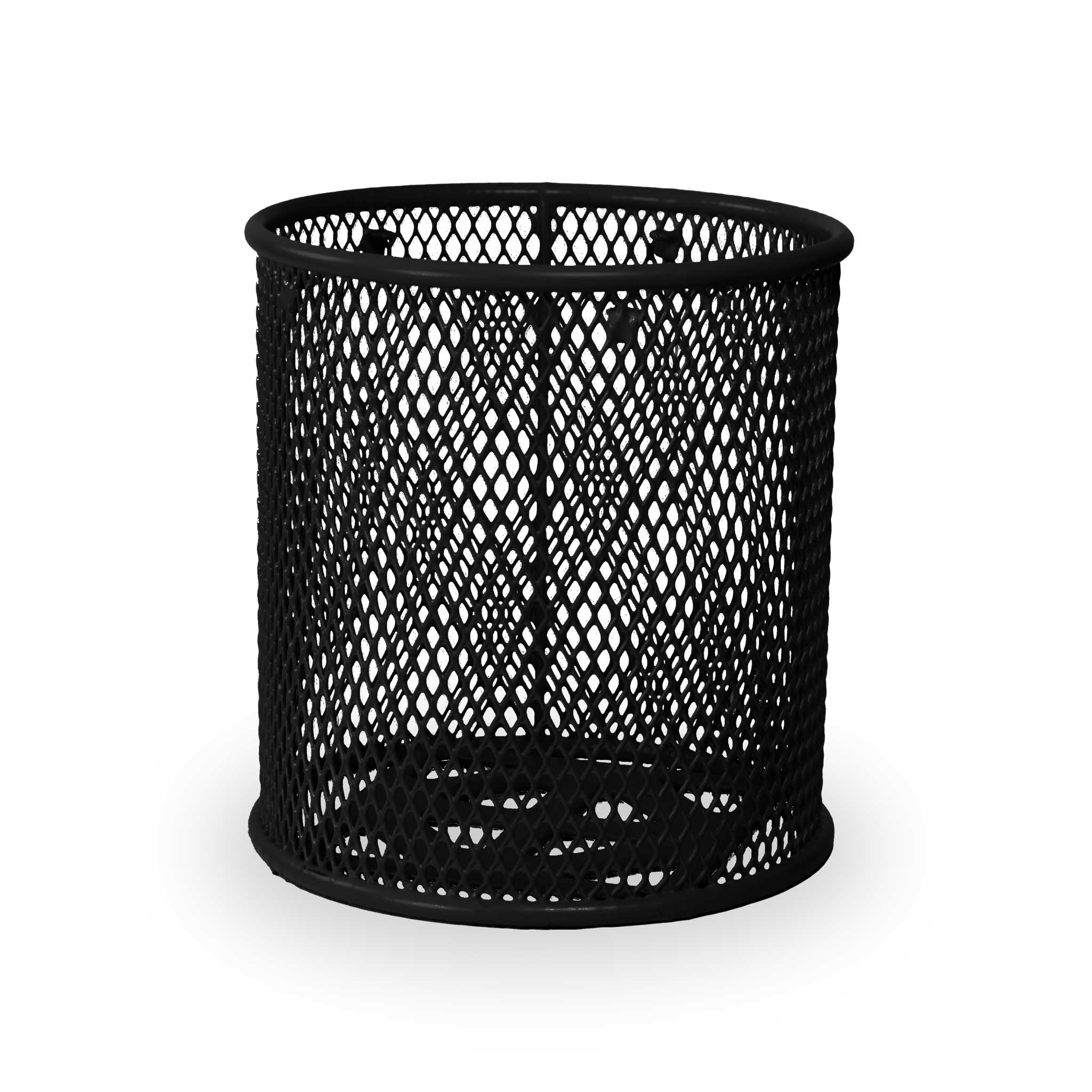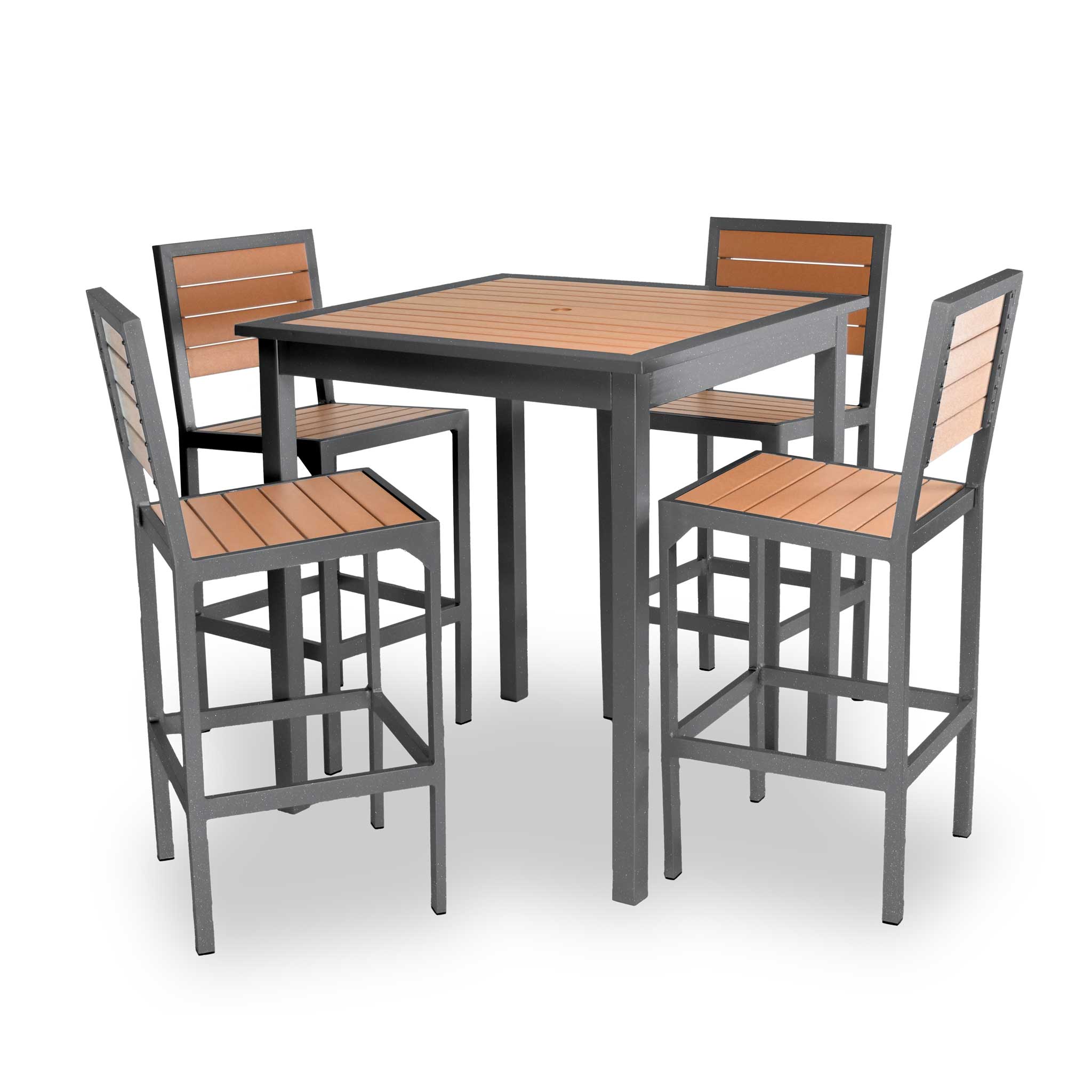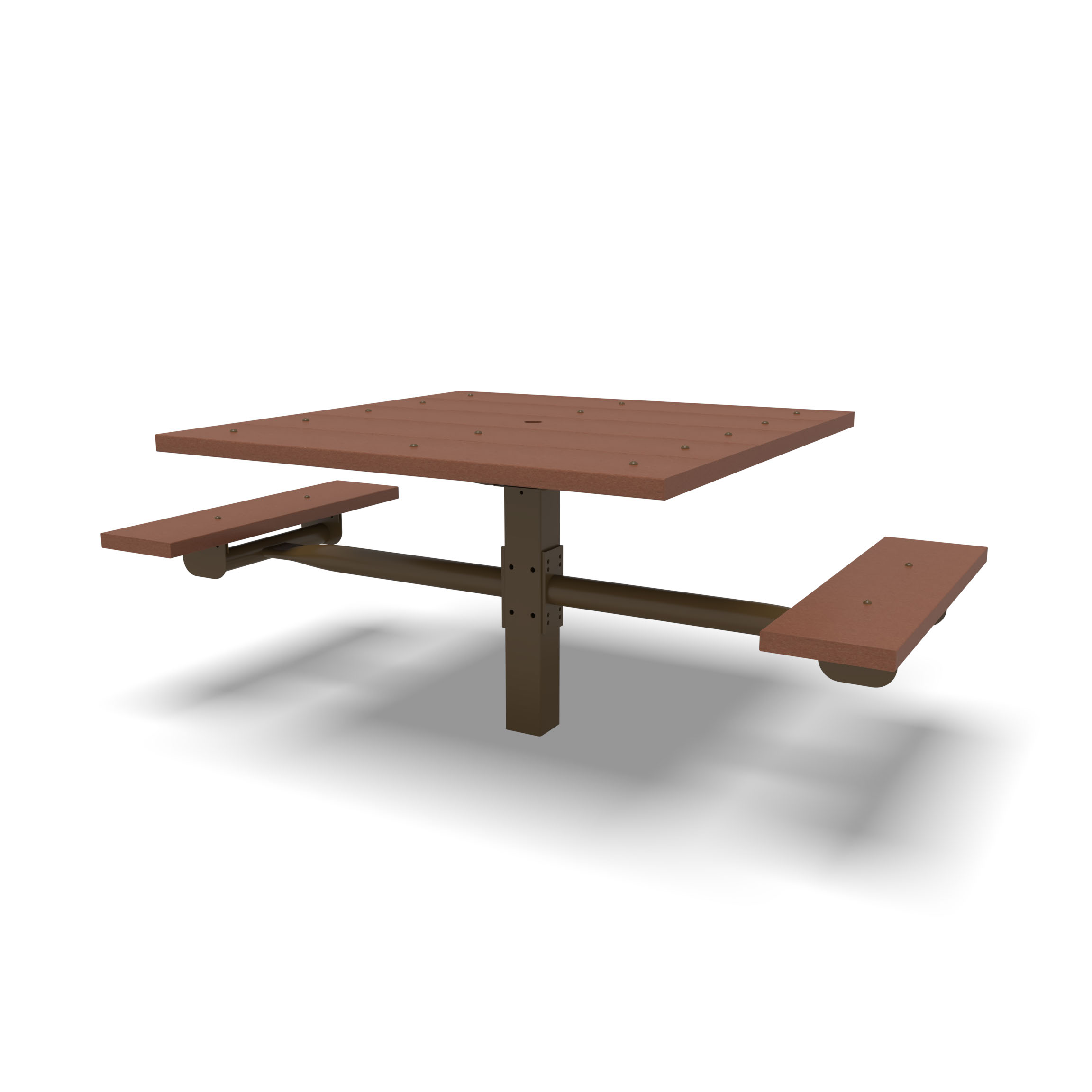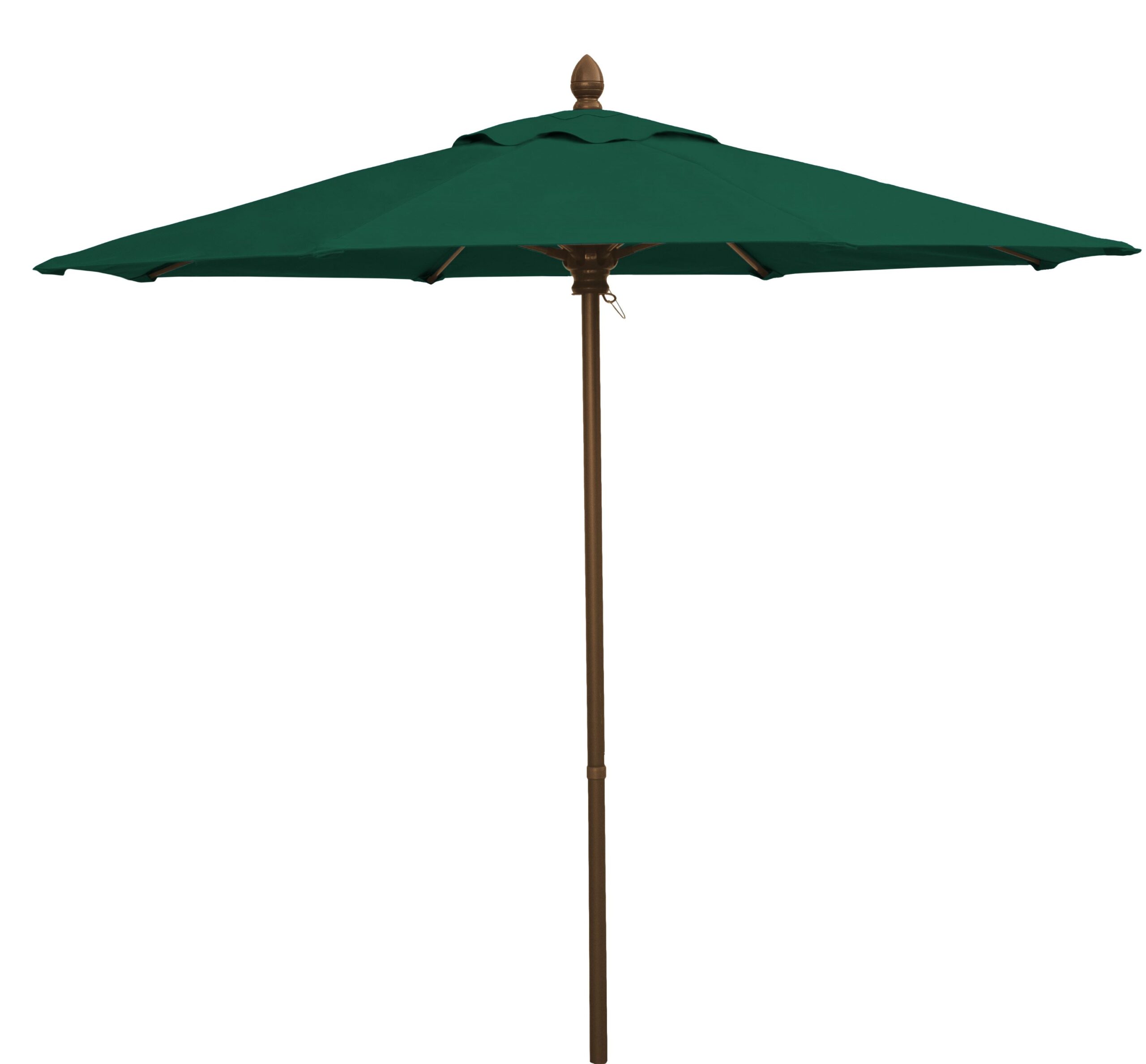How to Create Safe Outdoor Areas During COVID-19

Articles | May 20, 2021
COVID-19 may have changed the way you do things, but you can likely still accommodate outdoor recreational fun or dining at your establishment. Continue reading to educate yourself on the different COVID-19 restrictions and opportunities within your area. Explore different tips and ideas on how to create or upgrade a safe outdoor space for your business, like incorporating socially distant furniture or transparent barriers into your design.
Read the full article or jump to a specific section:
- What Is Considered an Outdoor Area for Businesses?
- Creating Safe Outdoor Spaces During COVID-19
- Tips for How to Create Safe Outdoor Eating and Recreational Spaces
- Furnish Your Outdoor Area With Wabash Valley Furnishings by Contacting Us Today
What Is Considered an Outdoor Area for Businesses?
An outdoor area is any exterior extension of your business. For businesses like restaurants, this includes extending your dining to public rights-of-way or rooftop terraces. For businesses like amusement parks or parks and recreational facilities, this can mean picnic or game areas. Businesses that may benefit from safe outdoor areas include restaurants, amusement parks, destination attractions, community parks and other areas where people congregate for dining or recreation.
Creating Safe Outdoor Spaces During COVID-19
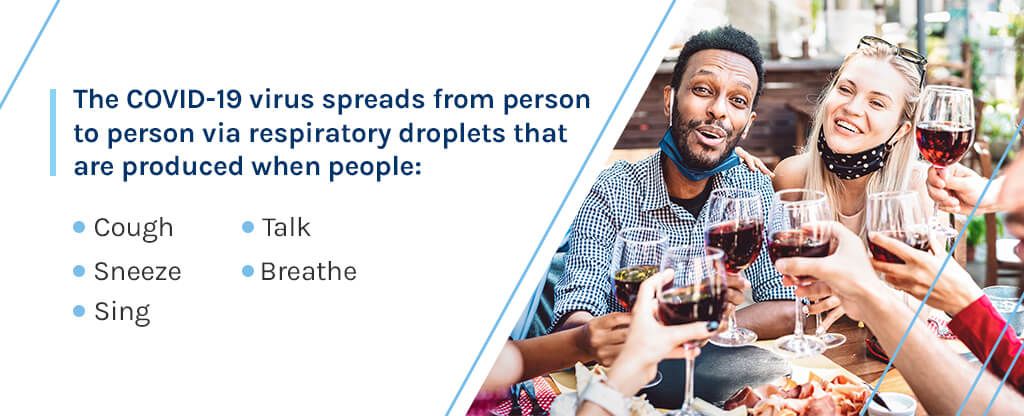
The COVID-19 virus spreads from person to person via respiratory droplets that are produced when people cough, sneeze, sing, talk or breathe. These respiratory droplets land on nearby surfaces and linger in the air in enclosed spaces. Because of how COVID-19 spreads, it’s important to consider the following safety precautions to keep yourself, your employees and your customers safe.
Before making any changes to your business, consult your state, local, territorial or tribal health official statements to understand the COVID-19 restrictions unique to your area. Some changes these governing bodies encourage are:
- Create outdoor seating and eating spaces.
- Reduce seating capacity to limit overcrowding.
- Space seating at least 6 feet apart.
The Centers for Disease Control and Prevention (CDC) also recommends that you:
- Wear masks: Masks prevent the spread of respiratory droplets. Encourage mask-wearing for all individuals who aren’t eating or drinking. This includes wearing masks while walking through dining areas or while playing a recreational game with friends.
- Practice proper handwashing: Employees should wash their hands with soap and water for a minimum of 20 seconds after touching surfaces, their faces or their masks. Encourage customers to do the same.
- Have the right cleaning supplies: Disinfecting plays a big role in staying safe from COVID-19. Ensure your employees have access to soap, hand sanitizer with at least 60% alcohol, no-touch trash cans, disinfectant wipes and paper towels.
- Educate your employees: Inform your employees of the safety guidelines established by the CDC, including wearing a mask and keeping their hands clean. Encourage employees to stay home when they feel sick, especially if they’ve recently been exposed to COVID-19 or tested positive for the coronavirus.
- Post informational signs: Educate your patrons on COVID-19 safety precautions by posting informational signs. Signs also help when directing foot traffic.
Tips for How to Create Safe Outdoor Eating and Recreational Spaces
With these COVID-19 safety precautions in mind, consider the following 10 tips on how to create safe outdoor spaces for restaurants, amusement parks, destination attractions and more:
1. Design Enough Outdoor Space for Your Customers

Right now, it’s risky to sit too many customers inside because of the lack of ventilation and close proximity of tables. It’s safest to design an outdoor space for your guests because outdoor spaces are well ventilated, and they allow you to safely seat more people in a socially distant setting.
Customers are cautious about the way they consume food during the coronavirus pandemic. Many are straying away from inside dining because of the elevated risks, instead opting for carry-out or outdoor dining.
Some cities, like Memphis, are enabling restaurants to expand their outdoor spaces onto private property and rights-of-ways, like parking lots and sidewalks. This is great for businesses that don’t have many outdoor expansion options. Keep in mind that you may need approval before expanding your business onto rights-of-ways, as the city will need to restructure traffic control plans. Submit an application to your city agency and follow the actionable steps they provide.
2. Define Your Outdoor Space Using Furniture and Decor
Consider your outdoor space an extension of your interior design. Your goal is to deliver the same experience outdoors as you would indoors, aligned with your company’s branding strategy. You also want to create clear boundaries as to where your outdoor space begins and ends. That way, guests aren’t left guessing where to go.
Create clear boundaries by using dividers or temporary walls. Once you’ve defined your outdoor space’s boundaries, take transferrable aspects of your interior design and incorporate them into your outdoor design. Some examples of transferrable aspects are your lighting and decorations. Take the same lighting you have inside and bring it outside, like cool or warm-toned lighting and electric candles. Green elements, such as outdoor planters, are also great ways to define your outdoor space while embracing nature.
If you’re transforming an existing outdoor space, keep the main elements — such as outdoor tables and lighting — and add dividers and temporary walls into your design. This way, guests can identify a COVID-19-friendly space to congregate and stay safe.
3. Use Furniture That Can Be Easily Sanitized
Seating plays an important role in your outdoor space. If you’re bringing some of your indoor design outdoors, avoid using the same indoor seating outdoors because indoor seating isn’t equipped with the same environmental defenses as outdoor seating.
For outdoor seating, you want to consider environmental factors such as moisture, corrosion, mold and mildew, warping, fading, durability and cleaning difficulty. Sanitization is very important in preventing the spread of COVID-19, so it’s crucial that your outdoor seating can withstand foods, liquids and consistent disinfecting.
There are many outdoor seating designs, so you can easily find a style that complements your interior restaurant or business. Find dining sets in different colors or wood finishes, as well as different materials such as metal and plastic.
4. Make Spaces More Comfortable Using Shade
Your outdoor space and your customers are susceptible to the elements. One of the biggest elements you should be courteous of is the sun, especially in locations that receive a lot of sunshine. You don’t want customers to have an uncomfortable experience because of squinting or sunburns.
Keep your customers comfortable by providing protection with commercial umbrellas. When your customers are comfortable, they’re more likely to visit your restaurant again or stay for longer periods of time, resulting in higher spending.
Commercial umbrellas easily mount onto your dining sets, and you can even find certain dining sets with pre-installed umbrellas. Or, you can purchase freestanding umbrellas and mount them using umbrella stands. Customize your umbrella’s design to complement your company’s aesthetic, like by choosing the pole material or umbrella color.
5. Reroute Traffic Chokepoints
When creating your outdoor space, think about how your customers and employees will navigate the area. You want to avoid as much collision or interaction as possible, maintaining a 6-foot distance between people.
This is especially relevant in outdoor dining spaces, where seating is most likely to be concentrated. From the moment customers step foot into your outdoor area, they should know the clearest route to leave the area from their table. They should also understand the route for how to get to the restroom if needed.
For all outdoor spaces, route traffic by using furniture, decor items, signs and floor guides. Furniture and decor items naturally guide people toward an intended path. For example, if there is a planter blocking a path, a customer will know not to go that way. Signs and floor guides are more direct, specifically outlining where customers should and should not go. Use a combination of some or all of the four traffic guides in your outdoor area.
6. Create Individual Seating With Distance Between Tables
Groups will naturally sit together when dining or participating in recreational activities. Give people a safe way to arrange themselves within their group and away from bystanders by creating individual seating. Individual seats include single-seat chairs or stools, where only one person can sit in a single space. This gives you more control over assigning a certain number of people per seat group, enabling you to maintain a 6-foot distance between each group of seats.
7. Separate Each Table Using Physical Barriers
There may be limited space in some outdoor areas, especially those built in parking lots or rights-of-ways, which makes social distancing difficult to achieve. Use physical barriers in these instances. Physical barriers are temporary partitions that block respiratory droplets from transferring to different seating areas.
Build a physical barrier using any material that blocks the passage of air. Choose between transparent or opaque materials, which both have benefits. Transparent barriers create a more seamless flow between tables where guests can see their surroundings more clearly. Opaque barriers create a more private experience suitable for fine dining.
8. Install Hand Sanitization Stations
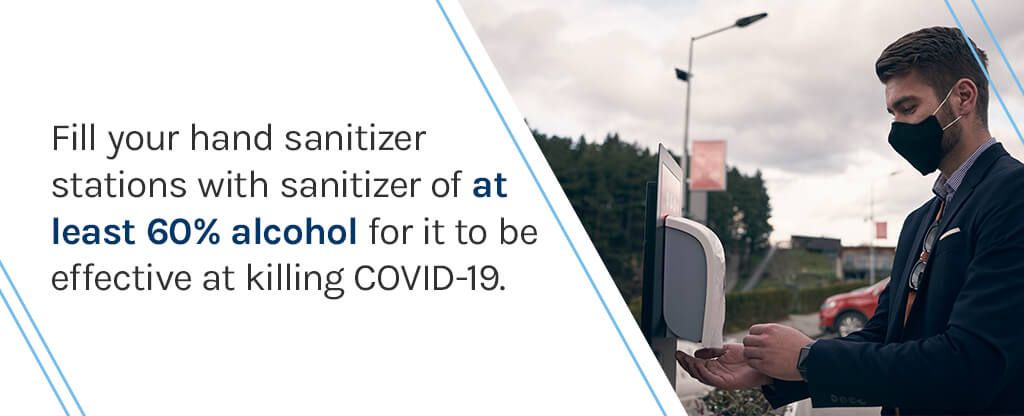
The ideal way to sanitize your hands is by washing them with soap and water for at least 20 seconds. But customers may not always have access to restrooms or handwashing stations. In these instances, the CDC recommends installing hand sanitizer stations.
Hand sanitizer stations are elevated hand sanitizer dispensers that make it easy and efficient for customers to disinfect their hands. Fill your hand sanitizer stations with sanitizer of at least 60% alcohol for it to be effective at killing COVID-19. Place them at each seating area or where traffic flow is the heaviest, like around the entrance or exit of your outdoor area.
9. Provide Plenty of Trash Receptacles
Although employees manage trash in restaurant outdoor seating areas, other outdoor areas like public parks rely heavily on trash receptacles. Without trash receptacles, people may leave their trash throughout an outdoor area, reducing its attractiveness and harming the environment.
Outdoor trash receptacles are made of durable materials like steel or plastic. They also use special liners that prevent leakage and control odors. Some even have wheels installed so you can easily maneuver them around your property. Find one that matches your company’s style and makes maintenance easier.
10. Replace Drinking Fountains With Bottle-Filling Stations
Water fountains are useful in outdoor spaces to keep people hydrated and comfortable during their visit. People need to touch water fountains to turn them on and may sometimes touch the spout when drinking. Eliminate this contact by replacing your drinking fountains with bottle-filling stations. Bottle-filling stations are touchless ways people can refill their water bottles — all users need to do is bring a water bottle and place it over an automatic sensor.
Furnish Your Outdoor Area With Wabash Valley Furnishings by Contacting Us Today
At Wabash Valley Furnishings, we specialize in creating durable, functional and high-end outdoor furnishings and site amenities for a wide range of industries. Whether you’re designing an outdoor eating space or looking to make your recreational space more COVID-19-friendly, we have the tools you need to keep your employees and patrons safe.
Some of the outdoor furnishings and site amenities we offer include:
- Trash receptacles: Our trash receptacles stand up to the elements and prevent pests and insects, odor and leakage. We also have a trash receptacle to go with any of our benches, picnic tables or outdoor seating you choose.
- Commercial umbrellas: Commercial umbrellas are important when protecting your guests from the sun. Our commercial umbrellas are strong and resilient. They are durable enough to last four to five times longer with their wind-resistant and rust-resistant properties.
- Hand sanitizing stations: We offer stand-alone hand sanitizing stations, giving guests easy access to sanitization where water and soap aren’t available. The hand sanitizing stations we offer have a five-year rust-resistant warranty. We also offer some hand sanitizing stations with tamper-resistant locks to avoid vandalism.
- Dining sets: Wabash Valley Furnishings has a large selection of dining sets. When upgrading your facility to meet COVID-19 standards, choose one of our single-seat dining sets, available in a variety of materials, styles and colors. Many of our dining sets also come with features that allow you to easily attach commercial umbrellas for patrons’ comfort.
- Planters: Planters are great ways to navigate traffic and add beauty to your outdoor area. We offer a variety of outdoor planters with different mounts and appearances, so you’re sure to find one that matches your space’s aesthetic.
Browse our product selection online today. When you’re ready, contact us online to request a quote or learn more about a specific product.

Categories
Recent Posts
Sign up for our newsletter
Share this post:


